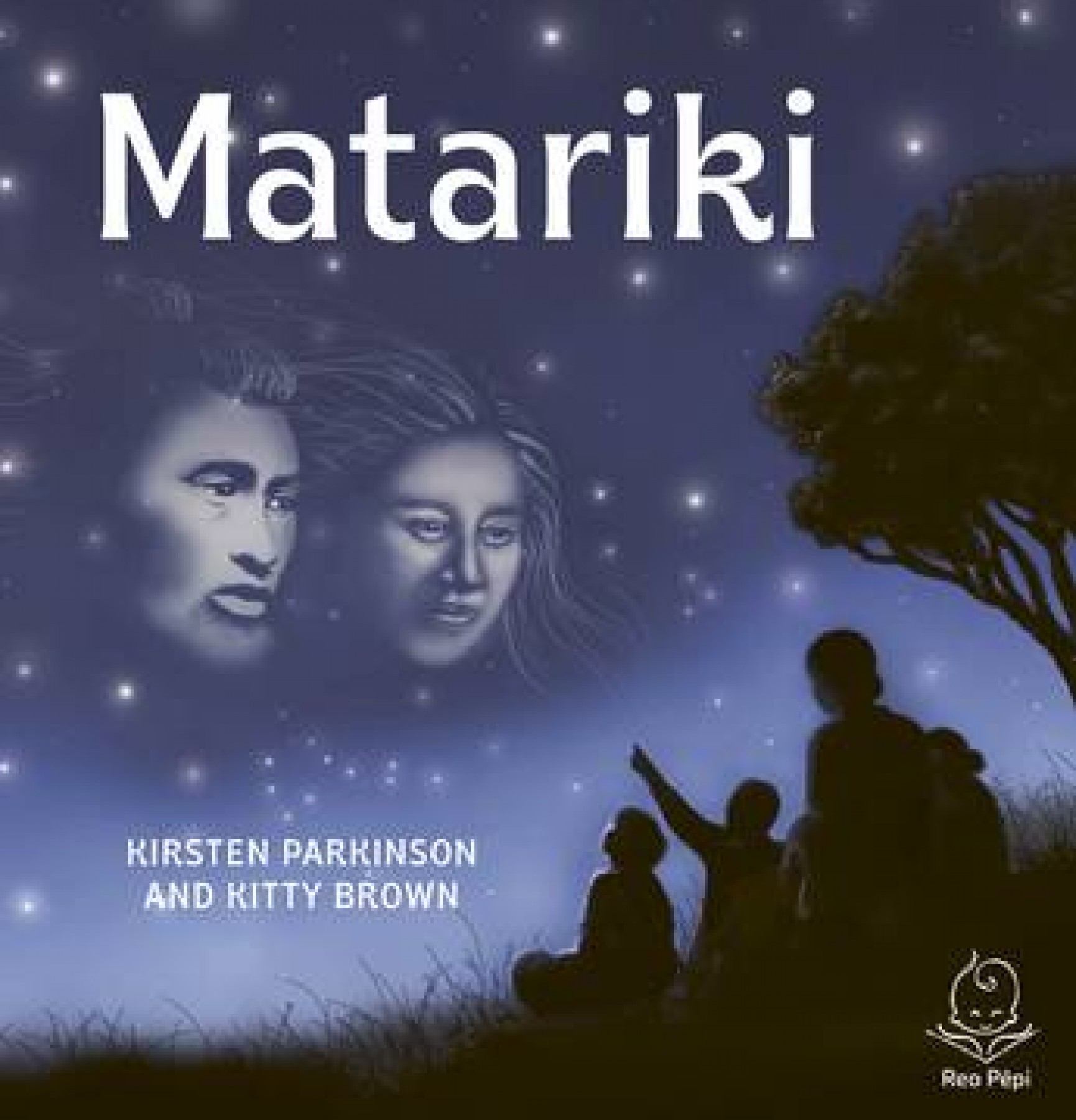I read this book with my class of Year 2 and 3. The first response when I showed this book to them were of awe, “Wow, did someone actually draw those pictures?” Many asked if they were photos of moments in time. The imagery is beyond beautiful. I could feel the lushness of being in the Ngahere and I felt a real sense of connection to the pictures showing families gathering. That is what this book has done so well – the images and words that go with each picture are meaningful and relevant to not only children, but also to everyone wanting to learn a bit more about our newest national holiday.
When we spoke about the book, I asked my class to share what it meant to them. Many of the children shared how they felt personal connections: “I liked the fresh water of Waiti because it reminds me of swimming in the rivers over summer.” Some enjoyed the images of Tupuarangi with the birds all around: “Being surrounded by nature and the peaceful noises really calmed me down.” The one that many related to and felt was particularly special was Pohutakawa and remembering the family members that have passed or that we don’t get to see. Everybody could tell what each star symbolised from the pictures and we had some really in-depth discussions.
The text in both Te Reo Māori and English is much appreciated, as I am (as many of us are) on a journey to improve my use of Māori in the classroom. We were able to identify the words that we know and use but also got to practise others that we should be using with more consistency. This is a book that should be in every classroom if possible, and if not, then for your library. The language and exploration prompted by this book has set us up for some really good learning about Matariki and as a teacher, it makes me very excited to extend our knowledge. He ataahua tenei.
Review by Rachel Walker, Primary School Teacher, and Room 9 (Years 2&3)

